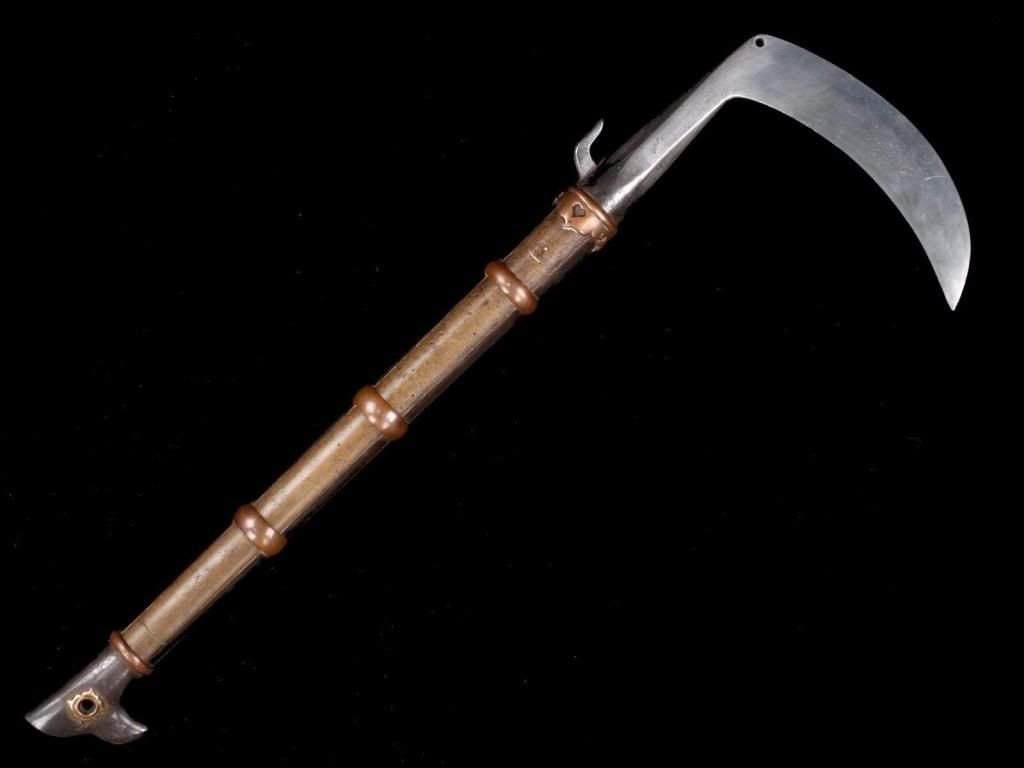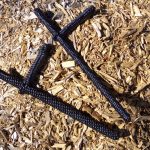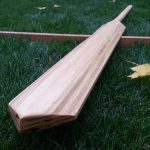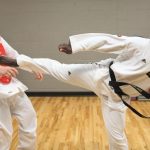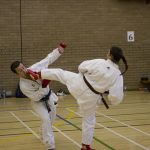The kama is one of the oldest weapons in martial arts, dating back thousands of years to ancient Japan and China.
It is an incredibly versatile weapon that has been used in many forms of combat, from traditional martial arts to modern self-defense techniques, and its popularity has only grown over time as it has become increasingly popular in martial arts circles around the world.
In this article, we will discuss everything you need to know about the kama weapon, including its history, types, uses, safety precautions, benefits of training with it, and common mistakes to avoid when using it.
History of the Kama Weapon
The kama is believed to have originated in ancient China, where it was used by farmers as a tool for harvesting crops.
Over time, it became a popular weapon in martial arts circles and eventually made its way to Japan, where it became a core part of many martial arts systems.
In Japan, the kama was often used by samurai warriors as an auxiliary weapon for close combat or for defending against swords or spears.
Types of Kama Weapons
There are several different types of kama weapons available today, including single-edged kamas, double-edged kamas, wooden handle kamas, and metal handle kamas.
Each type has advantages and disadvantages depending on what you intend to use it for.
For example, single-edged kamas are best suited for cutting, while double-edged ones are better suited for blocking or parrying attacks.
Wood-handled kamas are lighter and easier to maneuver, while metal-handled models offer more durability and stability during use.
How to Use a Kama Weapon
Understanding the Kama Weapon
The kama is a traditional Okinawan farming implement that has been adapted for use as a weapon.
It consists of two curved blades connected to a handle and is typically used in pairs. The blades are usually made from steel, and the handle is usually made from wood or metal.
The kama can be used to slash, stab, and block attacks, making it an effective weapon for self-defense. To use the kama effectively, it is important to understand its design and how to properly hold and wield it.
Gripping the Kama
When gripping the kama, it is important to ensure that your hands are positioned correctly on the handle.
The dominant hand should be placed at the end of the handle closest to the blade, while the other hand should be placed near the middle of the handle.
This will provide you with maximum control over the weapon and allow you to move it quickly and accurately.
Additionally, you should make sure that your grip is firm but not too tight, as this will help you maintain control over the weapon without tiring out your arms too quickly.
Blocking Attacks with the Kama
The kama can be used to effectively block incoming attacks from an opponent.
When blocking with the kama, it is important to keep your arms close to your body and use short, quick movements to deflect any incoming strikes.
Additionally, you should focus on keeping your wrists straight and using your forearms to absorb any impacts from strikes that cannot be blocked fully.
This will help protect your hands from injury and ensure that you remain in control of the situation.
Attacking with the Kama
When attacking with the kama, it is important to remember that speed is key.
You should focus on making quick, precise strikes that target vital areas such as joints or pressure points.
Additionally, you should aim for multiple targets at once to maximize damage and keep your opponent off balance.
When attacking with both kamas at once, it is important to keep them in sync so that they move together as one unit to maximize power and accuracy.
Combining Strikes With Other Weapons
The kama can be combined with other weapons such as swords or staffs to create powerful combinations of strikes and blocks that can quickly overwhelm an opponent.
When combining weapons, it is important to remember that each weapon has its strengths and weaknesses; for example, a sword may have more reach than a kama but may be slower when executing certain techniques.
It is important to be aware of these differences to create powerful combinations that take advantage of each weapon’s strengths while minimizing their weaknesses.
Safety Precautions When Using a Kama Weapon
As with any type of weapon, certain safety precautions must be taken when using a kama weapon.
Always wear protective gear such as gloves and eye protection when practicing with a partner or sparring with someone else who is armed with a similar weapon, such as a nunchaku or tonfa stick.
Additionally, always make sure that you are properly trained before attempting any advanced techniques or sparring matches with other people who may not be as experienced as you are in handling weapons such as these.
Popular Uses for a Kama Weapon
The most popular use for the kama is in traditional martial arts training, but they have also become increasingly popular in modern self-defense systems due to their versatility and effectiveness when used correctly.
The curved blade makes them ideal for slashing attacks, which can be difficult to defend against if done correctly, while their small size makes them easy to carry around without drawing too much attention from bystanders or law enforcement officers if needed in self-defense situations.
Furthermore, because of their ability to hook onto clothing or limbs, they can be used effectively in grappling scenarios, which can help control an attacker during close quarter combat situations if necessary.
Benefits of Training with a Kama Weapon
Training with the kama provides numerous benefits, both mentally and physically, including increased strength, coordination, flexibility, balance, and focus.
This can develop confidence in one’s abilities both on offense and defense if done properly under the guidance of an experienced instructor who knows how to safely teach these techniques.
Additionally, learning how to use this unique weapon helps develop discipline, which is important not just during training sessions but also in everyday life situations since it teaches practitioners how important focus and control over their emotions can be when faced with difficult circumstances outside the dojo environment.
Different Kama Weapon Fighting Styles and Techniques
There are several different styles employed when using this unique weapon, which includes traditional Japanese sword forms such as Iaido, Okinawan Kobudo styles like Bojutsu, Filipino martial arts such as Arnis or Kali, Chinese martial arts like Kung Fu, Korean martial arts like Taekwondo, and American martial arts like MMA and Brazilian Jiu-Jitsu.
All these styles employ different techniques depending on what type of situation practitioners find themselves in, whether they’re engaging an opponent at close quarters or trying out long-range strikes from afar.
Common Mistakes To Avoid When Using A Kama Weapon
One common mistake beginners make when learning how to use this unique weapon is not considering their surroundings before attacking, which could lead them into dangerous situations if they don’t take proper precautions beforehand.
Another mistake is focusing too much on offensive moves rather than defensive ones.
Knowing how to defend yourself effectively is as important as knowing how to attack efficiently.
Lastly, make sure that practitioners always wear protective gear, such as gloves and eye protection, whenever engaging someone else, even if they’re just practicing basic drills since accidents can happen even during friendly sparring matches.
Conclusion
As we have seen, there is quite a bit involved when it comes to understanding everything about the fascinating world surrounding this ancient yet incredibly effective martial art tool known simply as “the KAMA.”
Whether practitioners want to learn about its history, types, uses, safety precautions, and benefits associated with training and mastering this unique weapon, hopefully, this article provides enough information.
So, readers have a better idea of what to expect before taking the plunge into unknown waters filled with excitement and challenge.

